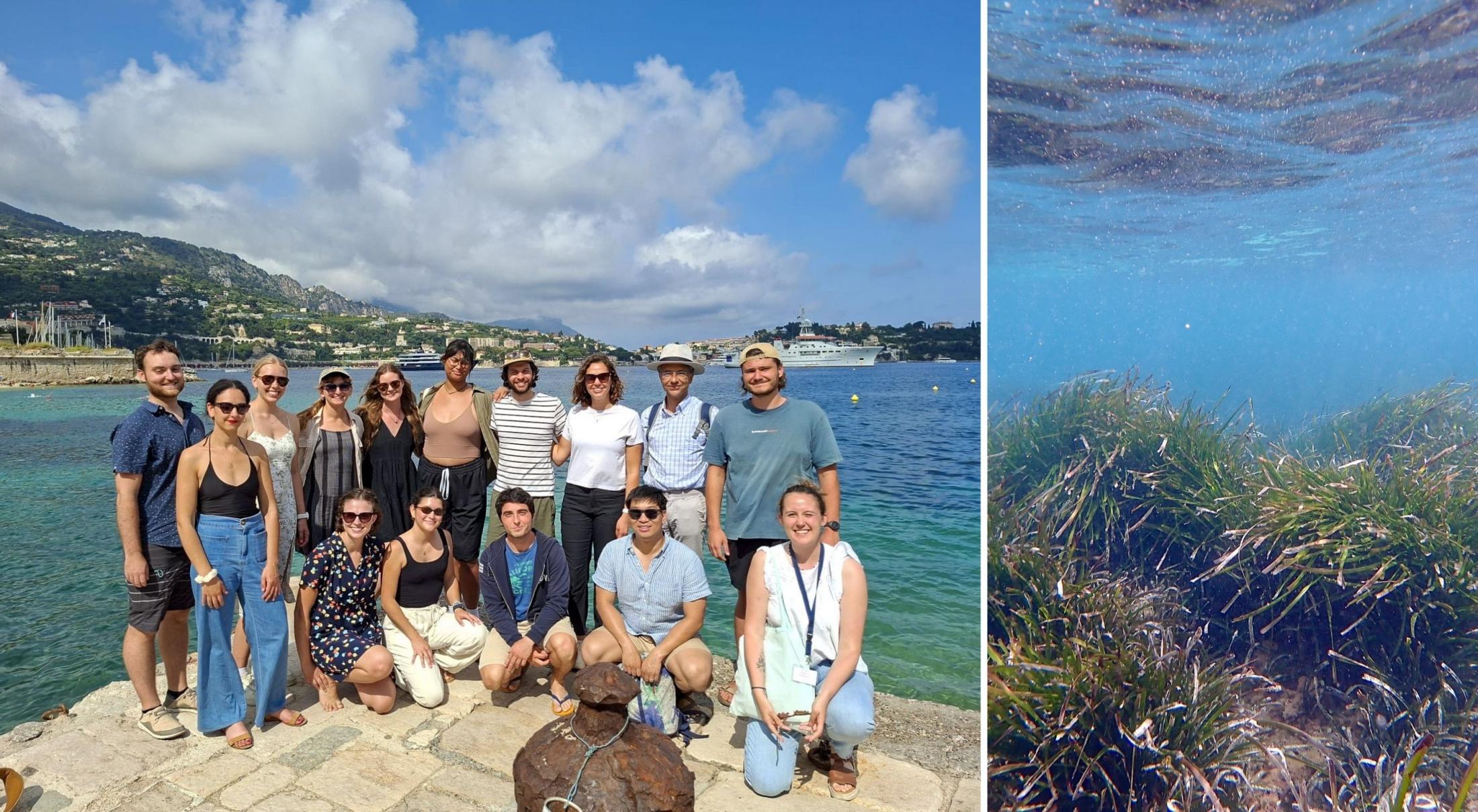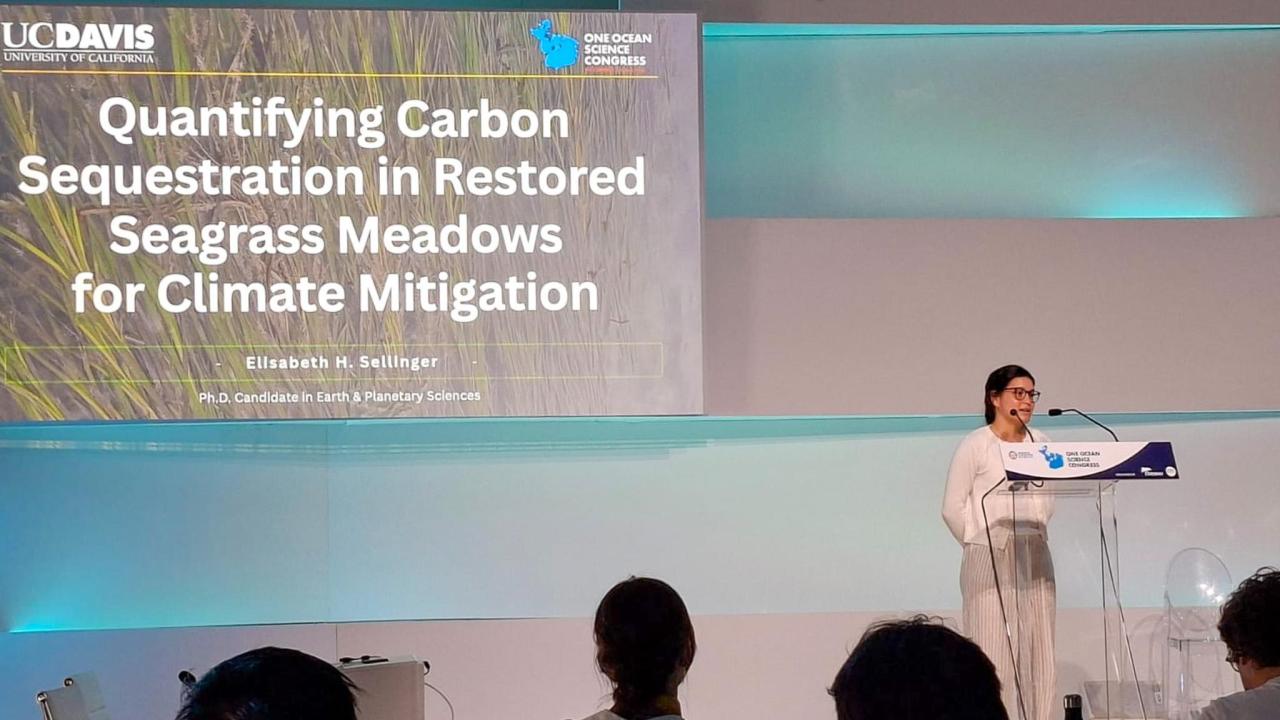
Two Continents, One Ocean
A Student’s Dive into Global Marine Research
This article is a guest post. The views and opinions expressed in this piece do not necessarily reflect the position of the Institute, UC Davis, or the UC system.
“Bienvenue, quel est votre numéro de siège ?” I immediately realized my 2 months on Duolingo were not going to cut it. “Ummm, parles-tu anglais?”. I found my seat on the plane and opened up the app. I ambitiously set a goal to become fluent in French by the end of the 11-hour flight.
From Davis to the City of Light
Upon my arrival in France, everything felt like a blur. I had been awake for over 24 hours at this point, my French was terrible, and I only had 1 hour before my first dinner with the program. But what was I doing there in the first place? I was on the French American Doctoral Exchange Program (FADEx) with 10 other Ph.D. students in Marine Science from America. We were going to tour labs, meet potential collaborators, and explore how the world of ocean science worked beyond the U.S. borders. The program culminated in Nice at the One Ocean Science Congress (OOSC), a special event of the third United Nations Ocean Conference (UNOC3). To say I was excited would be quite the understatement– and after a good night of sleep, I was ready for an incredible adventure.
Our first leg of the program was based in Paris. We visited Maison de l'Océan, Muséum National d'Histoire Naturelle, Sorbonne Université, and the Assemblée Nationale. We learned about the history of marine science in Paris, the life of a postdoctoral student, and how seriously France is taking the Ocean Decade. I felt inspired and motivated, feelings that were becoming less familiar day by day in the U.S. Our minds were full from Paris—history, policy, and big-picture questions—but now it was time to dive into coastal science (and maybe a few pastries too).
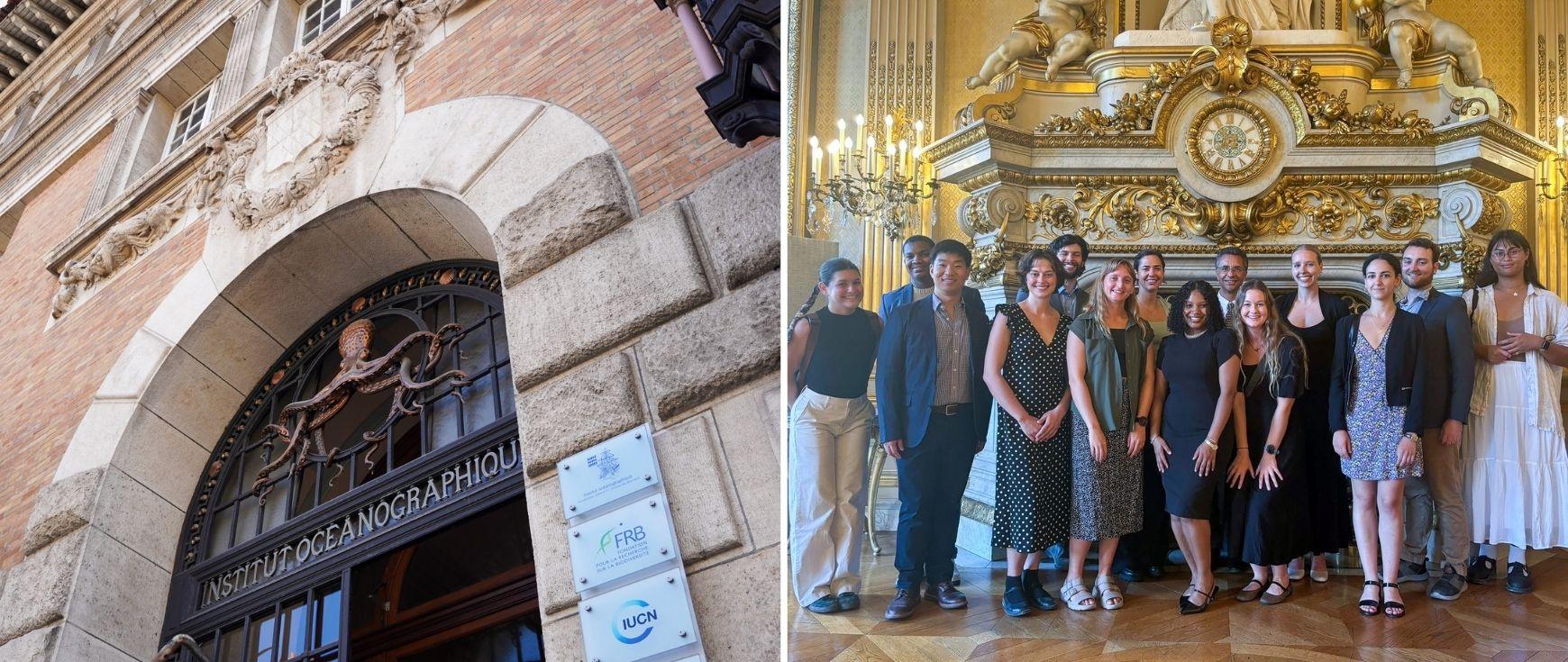
Brest: Crepes, Currents & Cutting-Edge Science
Next up, Brest! We hopped on the train and sped down to The European Institute for Marine Studies (IUEM) at the University of Brest. There we indulged in scallop crepes and Kouign-amann. Oh and of course some science! Our first glimpse of the ocean was filled with an enormous submarine. The views from the IUEM were as incredible as the research being conducted. From Argo floats to stable isotope analysis to kelp restoration, there was no shortage of things to learn about. We were also encouraged to apply for post graduate programs at the IUEM… definitely on my radar now!
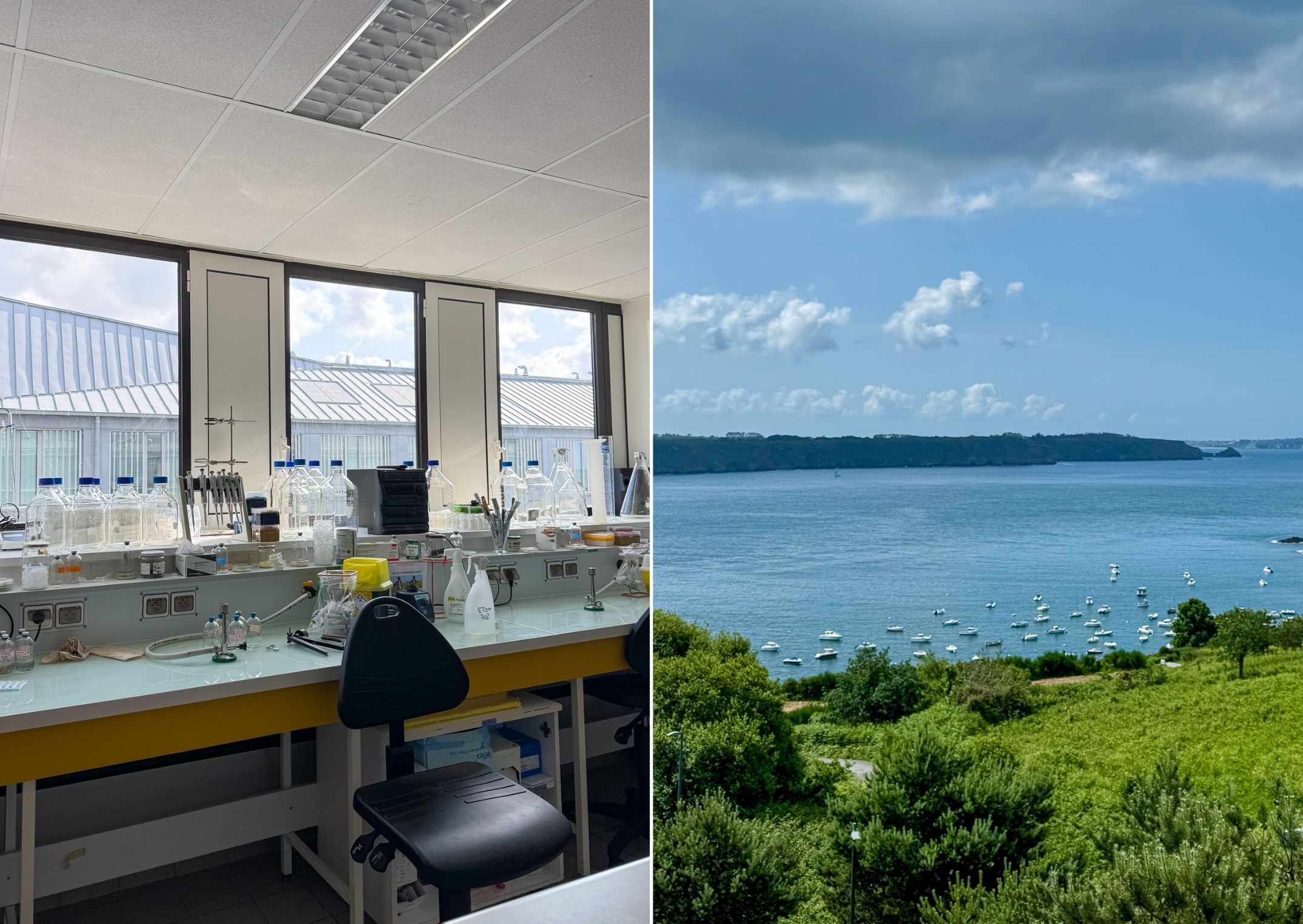
One Hour, One Talk, One Ocean
By the time the last part of the trip rolled around, all of us were simultaneously thrilled and exhausted. A good night's rest and scenic train ride refueled us for the main event; The Ocean Science Congress in Nice. One other student and I were presenting our research at the conference first, and by first, I mean 1 hour from the time our train was arriving. We rushed to Port Lympia and through security to find our rooms. Luckily, both of us made it in time. We were in such a rush that I honestly didn’t have time to be nervous. I trusted myself, knew I was prepared, and gave my talk in front of my largest audience yet. I then spoke on a question panel afterwards and was the only student. At first, I didn’t feel qualified to answer some of the broader, more philosophical questions, but then I reminded myself: I’ve spent years thinking about the ocean too. My voice belonged in that room. That night, everyone was curious about how I felt it went and how the experience was. I smiled and said, “scary, thrilling, and fun”.
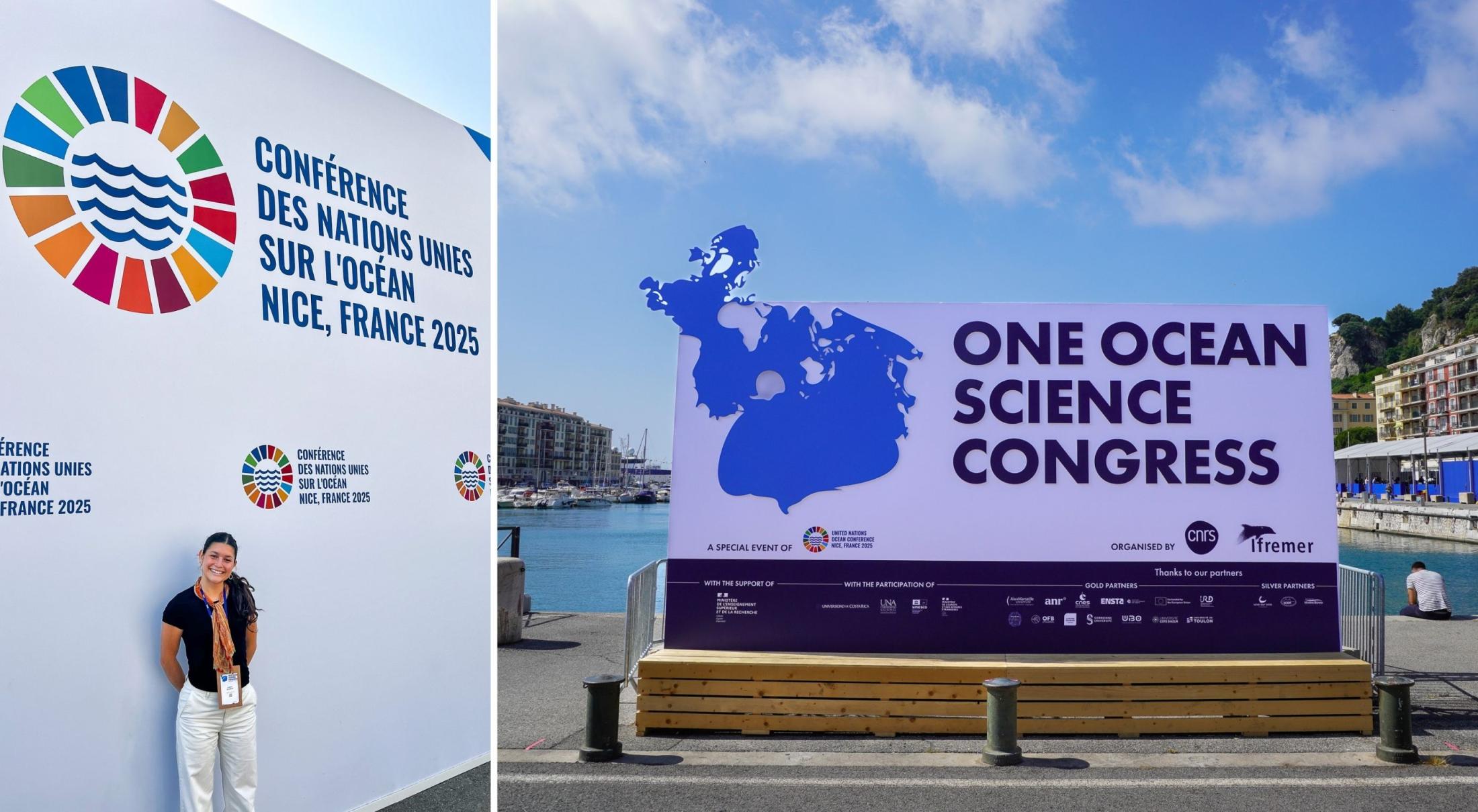
Curtain Call in Nice
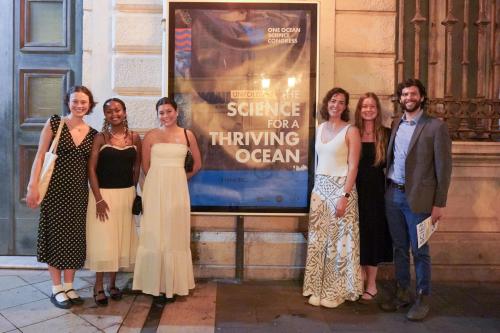
The conference was 4 days long and each student in the program presented their research. It was such a unique experience to hear about what everyone studied and how different yet connected we all were. Between our passion for the ocean, love of food, and jet lag, we quickly became a tight knit group. We shared our excitement in meeting some of our field “celebrities” and met with scientists from across the world. On the last evening after the third poster session, we attended a special event hosted at the Nice Opera House titled “The Science Behind a Thriving Ocean”. As we sat in the glittering opera house draped in red velvet, the organizers of the conference came on stage and introduced themselves. Then, without any introduction necessary, Sylvia Earle came on stage. I smiled so broadly and did not stop until the performances were over. We all looked at each other as the lights came back on and said “That was incredible. I don’t think any conference will ever compare to this one”.
All too soon, the conference was over and the program was almost complete. After attending an event with the Mayor of Nice, we had our last trip out to the Laboratoire d'Océanographie de Villefranche. We toured the labs, towed a few plankton nets, and snorkeled with seagrass. Goodbyes were bittersweet as we all parted ways. But then I remembered the whole point of the trip; to remember that despite our differences, we are all connected by one ocean. And that is something worthwhile.
